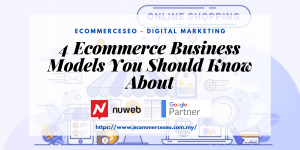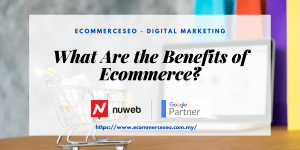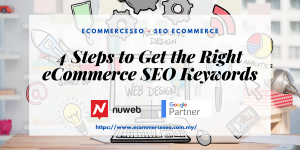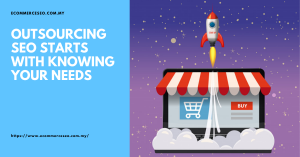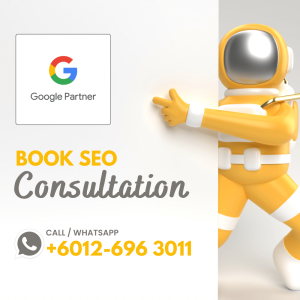When the world wide web went live in the 1990s, it was hard to imagine then how the internet and eventually e-commerce will change the way we shop for the things that we need.
As the saying goes, “If you can’t beat them, join them”; Malaysians have since jumped on the bandwagon to promote their businesses and products on the Internet. As of June 2018, Malaysia records 15.3 million online shoppers (a whopping 50% of the population!) and 62% of mobile users use their devices to shop online.
Let’s look at the online selling platforms available today and the pros and cons for each platform:
1. Webstore
A webstore is a website dedicated to your brand and products. You can typically set it up through an e-commerce store development platform.

The Cons:
Having full control of your webstore does come with a downside; it is time-consuming and requires a lot of efforts to set it up to have it accurately reflect your brand and vision.
To maintain your webstore, you need to periodically pay for the domain name and the payment gateway as well. If you have a tight budget, this may not be ideal.
Perhaps the most labour intensive effort you need to make is to generate traffic to your webstore and to maintain or increase that amount of traffic as time goes. You may need to perform search engine optimization (SEO), constantly updating your pages with new contents, invest in advertisements or more.
2. Facebook
With the rise in popularity of social media sites, it is no surprise that entrepreneurs saw the potential of rapidly growing their business with the reach social media has, especially with Facebook.
As of the third quarter of 2018, Facebook is the most popular social network with 2.27 billion monthly active users.
In 2019, the number of Facebook users in Malaysia is expected to reach 13.57 million.

Cons:
Similarly like having a webstore, you need to maintain your Facebook Business page which takes time, resources and effort. This requires you to regularly publish engaging contents or updates to continuously generate interest in your page.
Facebook being a viral marketing tool can be a double-edged sword because as easy it is for “good” product news to reach many customers, complaints or negative comments spread like wildfire as well. Hence you need to be able to build good reputation and handle these well and fast.
3. Marketplace
It is almost impossible for you to not see a marketplace showing up in search engines when you search for an item. Popular marketplaces in Malaysia today include Lelong.my, Lazada and mudah.my.

Cons:
As good as it may sound, the downside of marketplaces include high competition as anyone, anywhere can sell a similar product like yours.
You will have restricted control over branding and communication with your customers, making it difficult to do search engine optimization for your brand or product exclusively or customize your product pages. This also means you have very little or no details on your customers at all.
As you can see, buyers today have many options to get the items they want, namely from Webstore, Facebook or marketplaces. Hence as a seller, you need to ensure that your products can be found on various platforms for the maximum number of sales.
Selling through multi-channels ensures that you reach as many target customers as possible wherever they are at in the buying cycle. This helps to cater to the different mix of customer online purchase behavior. For example, some customers may tend to only buy from their favourite marketplace, while some will do comprehensive research at webstores before making a decision to purchase and etc. What’s more, this helps you generate more income compared to using just a single channel.

For instance, a customer looking for a solution to a specific need or problem (like a suitable toy for a newborn or a cocktail dress for a function) will browse and end up at a Webstore, reading product descriptions which may lead them to the consideration stage.
At the consideration stage, they may visit Facebook to read reviews on the product or even on the seller. Finally, at the purchase cycle, the customers know what they want and are ready to buy. They will then most likely visit marketplaces to look for the best bargain.
Hence, selling through multi-channels is no longer an option, but a necessity.

Sources
https://www.sitegiant.my/where-should-i-start-selling-online-webstore-facebook-or-marketplace/



